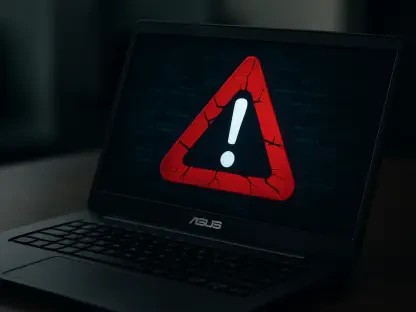In an unprecedented wave of digital chaos, a staggering number of online platforms, including gaming giants like Steam and Riot Games, found themselves crippled by what experts suspect to be a colossal Distributed Denial-of-Service (DDoS) attack that swept across the internet late on October 6, U.S. time. The disruptions left thousands of users worldwide unable to access critical services, from gaming platforms to everyday utilities. Initially dismissed as routine server hiccups, the severity became undeniable as social media erupted with complaints about connectivity failures. Steam users struggled to log in or browse the store, while Riot Games’ titles such as League of Legends and VALORANT faced ranked queue interruptions. Beyond gaming, major services including T-Mobile, GitLab, EA, Google, and Microsoft also reported outages, signaling a far-reaching impact. This incident has exposed the fragility of the digital ecosystem, raising urgent questions about the state of cybersecurity in an increasingly connected world.
Unraveling the Suspected Cyber Assault
At the heart of this widespread disruption lies the suspicion of a massive DDoS attack, potentially orchestrated by a notorious botnet known as Aisuru. Cybersecurity researchers have pointed to this malicious network, infamous for generating traffic volumes as high as 29.69 terabits per second in recent incidents, as the likely culprit behind the chaos. Such enormous data floods are designed to overwhelm servers, rendering them inaccessible to legitimate users. While neither Valve, the operator of Steam, nor Riot Games has officially confirmed the cause, the consensus among experts highlights the coordinated and sophisticated nature of this assault. Unlike typical server failures, this event’s scale suggests a deliberate attempt to destabilize multiple platforms simultaneously. Recovery efforts are underway, with some services slowly regaining functionality, though full stability remains elusive. This situation underscores the daunting challenge of defending against evolving cyber threats that exploit the sheer volume of internet traffic to inflict damage.
The Broader Implications for Digital Security
The ripple effects of this suspected attack extend far beyond the gaming community, revealing a troubling interconnected vulnerability across diverse online services. From communication tools to essential utilities, the outage has demonstrated how a single cyber incident can cascade through the internet, disrupting daily life on a global scale. This event serves as a stark reminder of the growing sophistication of botnet-driven attacks and the urgent need for robust cybersecurity measures. The frustration of users, unable to access games, downloads, or critical services, mirrors a larger concern about the resilience of digital infrastructure. As platforms work to restore normalcy, the incident has sparked discussions among industry leaders about strengthening defenses against such threats. Looking back, the scale of disruption on October 6 and 7 became a pivotal moment, prompting a reevaluation of how interconnected systems can be safeguarded. Moving forward, investing in advanced threat detection and fostering collaboration across sectors will be essential to prevent similar crises.









